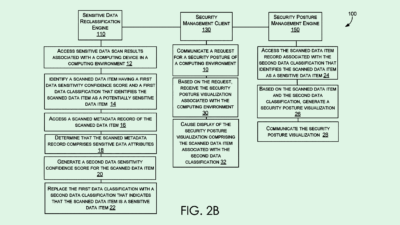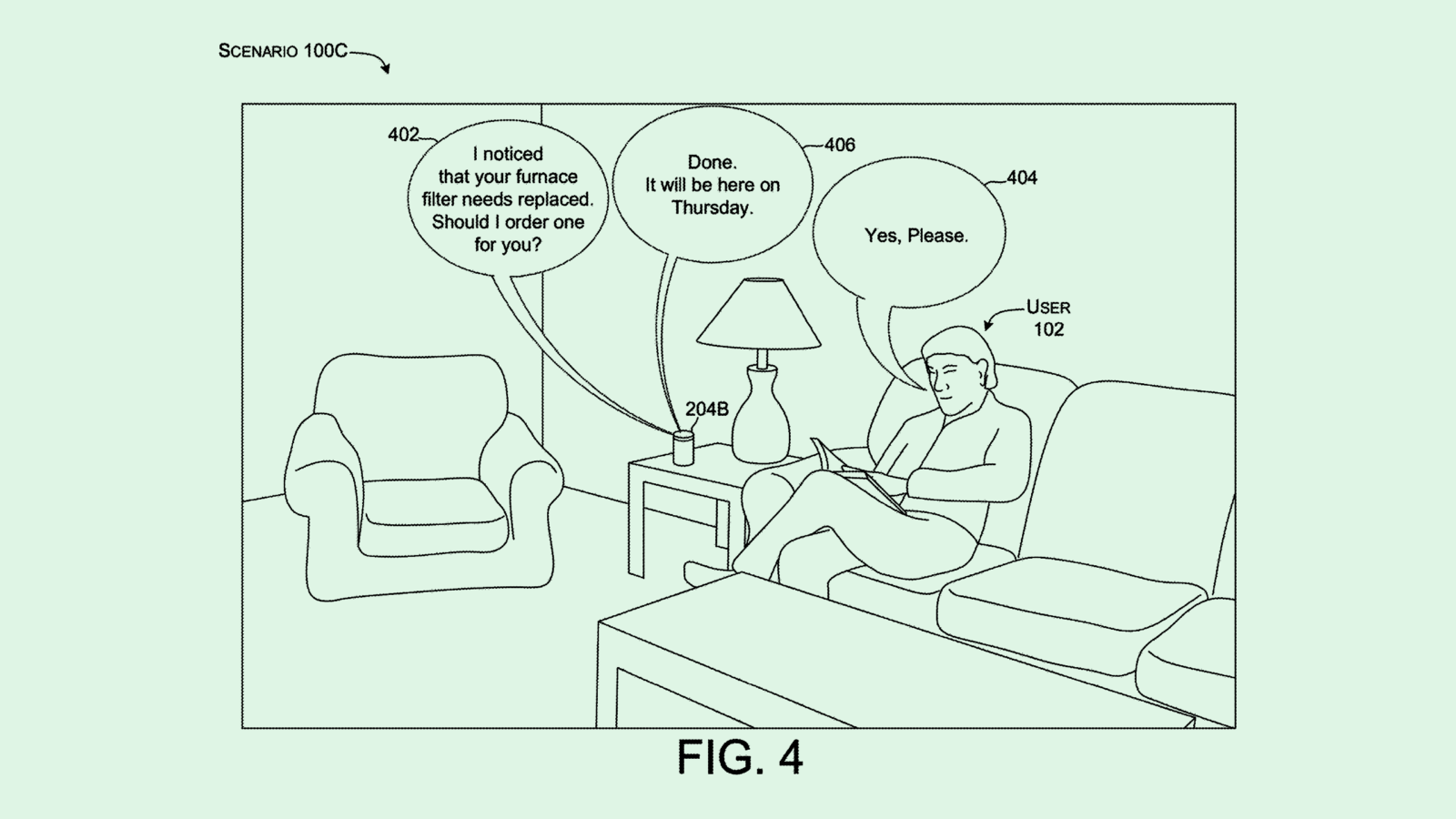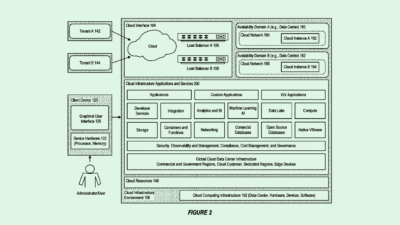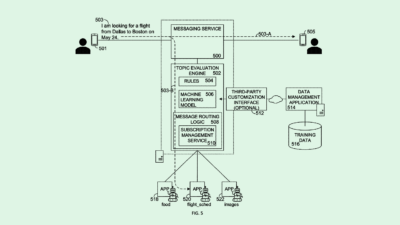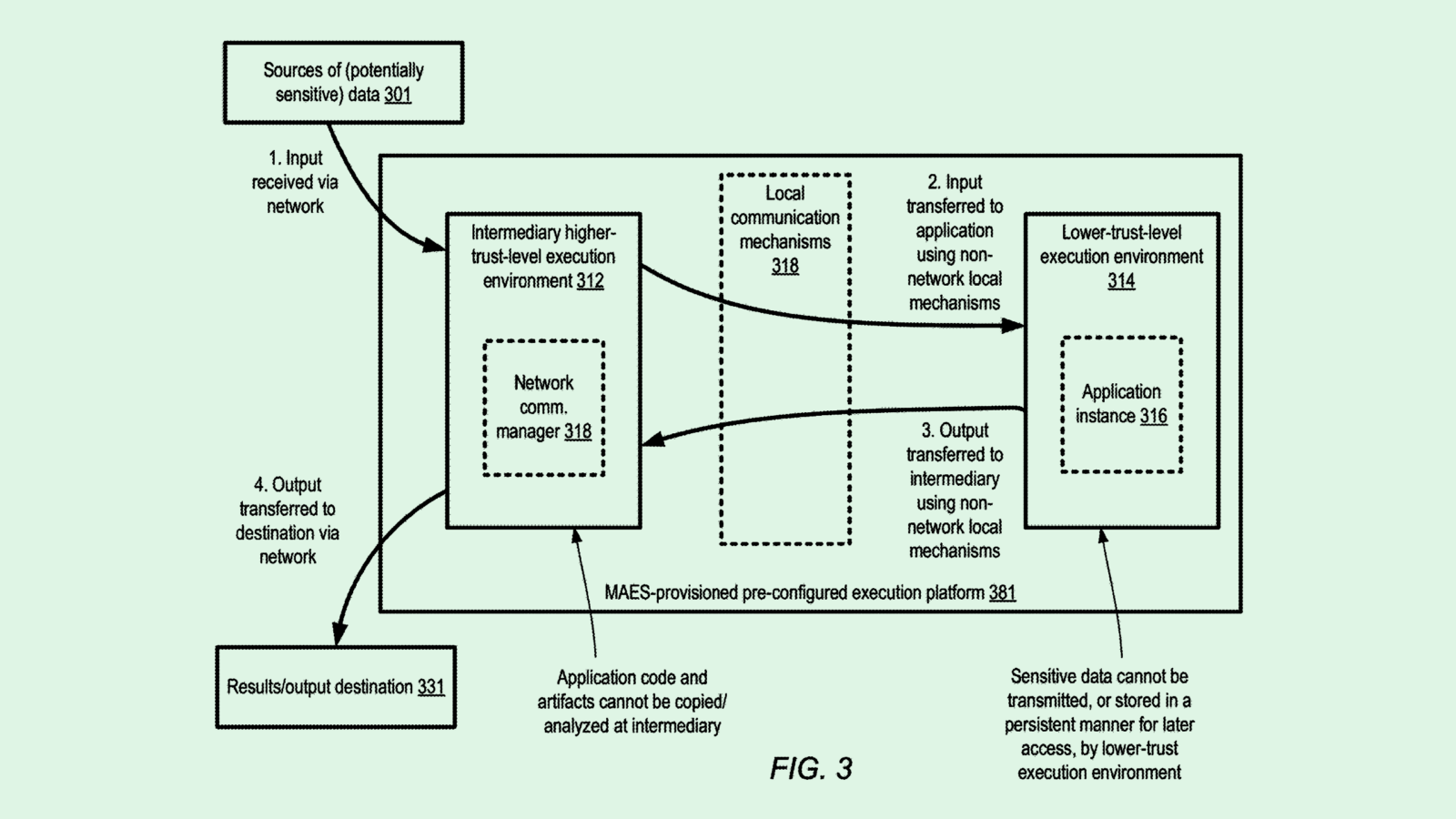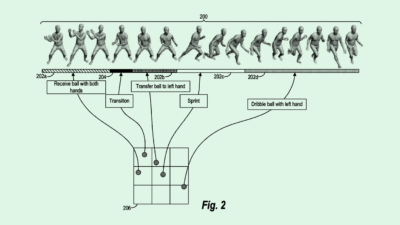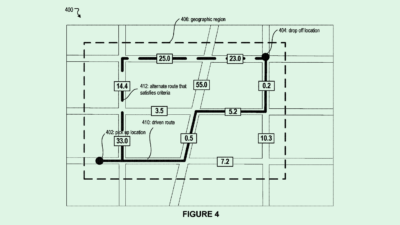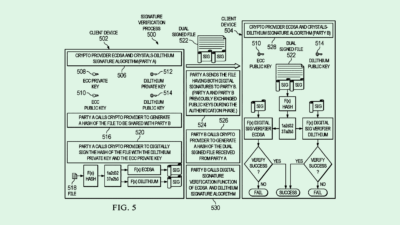Snap Generates Your Avatar (plus more from Uber & Boeing)
Personalised synthetic media, new transport infrastructure & flying pods.
Sign up to uncover the latest in emerging technology.
Personalised synthetic media, new transport infrastructure & flying pods
1. Snap – generating videos on demand with your avatars
Snap want to generate episodic video content that stars a user’s avatars and the avatars of their friends.
In the filing application, Snap describe that the content could be in the form of a weekly, monthly or daily series.
As shown on the illustration on the left hand side, there could be a program guide where users can choose which series to watch / create with their avatars in.
Why is this interesting?
Well, firstly it’s a smart retention driver for Snap. Creating an episodic television series that feature a friend and their avatars will keep users and their friends coming back into the app. The fact that the media is personalised to a user and their friend group, the series becomes extremely compelling. Imagine a generated episodic series that stars one of your friends falling hopelessly in love with another friend – there’s a context to the series that is unlocked through personalisation. A new episode becomes a talking point between friends.
Secondly, there are interesting partnership and sponsorship opportunities unlocked for Snap. Existing content IP could leverage Snap to create deeper storytelling universes where users literally ‘feature’ in their worlds. For instance, imagine a Marvel partnership with Snap where a mini-Avengers series is created that features a user and their friend group as different superheroes and villains.
Snap is excellently positioned to create a new wave for synthetic & personalised media. It has a deep understanding of a users’ social graph, and users have already been investing in their digital identities through bitmoji. Creating media that leverages these assets could further push Snap ahead culturally versus Instagram.
2. Uber – on demand transport services
When people talk about Uber building a transport infrastructure system, I think there’s still generally a little bit of eye-rolling. But this filing helped put things into perspective for me.
Essentially this filing looks to optimally arrange transport options for users who are taking 3rd party transport services (e.g. a train, bus, plane or ferry) and who then need to get to another destination.
So let’s say you’re taking a train, but once you arrive, you’re a 30 minute drive away from your home. Uber will start figuring out bundles of transport options that could be optimal to your preference (e.g. price, time sensitivity and transport preferences). For instance, one option could be taking a micro-scooter to a common pick-up location, where you could then be car-pooled for the remainder of the route. Or another option for more time sensitive people may be just getting an Uber taxi directly to your destination.
With Uber accumulating fleets of taxis, electric scooters, ferries, helicopters and more, this filing shows that Uber will start to blend these options together to create transport plans for users. And using AI, economies of scale, and real time user feedback, arguably Uber is building a better transport infrastructure to rival most governments.
3. Boeing – transportation pods
This filing is outside of the usual topics explored, but I’m including it because it feels like it’s straight from an action movie.
Boeing is looking into building transportation pods that can be deployed from a plane, while in flight, which then safely lands in a target area.
The pod can connect to the smart devices of any passengers in order to track the health of the passengers as they’re in the pod (eg heartbeat or breath rate).
When the pod detaches from the vehicle, a canopy will steer the pod towards one or more safe locations. The pod will also be able to communicate with other entities such as the police in a rescue operation, family members of passengers, and owners of any cargo that might be in the pod.
The most interesting thing this filing doesn’t answer is why Boeing is looking into these pods.
Part of it might include safety measures. If a flight gets into trouble, passengers could enter into these transport pods and deploy from the aircraft.
Another potential use case that Boeing might be exploring is an alternative means of travelling by air. Rather than having one aircraft take all passengers to one space, transport pods could enable people to detach in optimal areas where they can then land in areas of interest, without the airline needing to stop.


